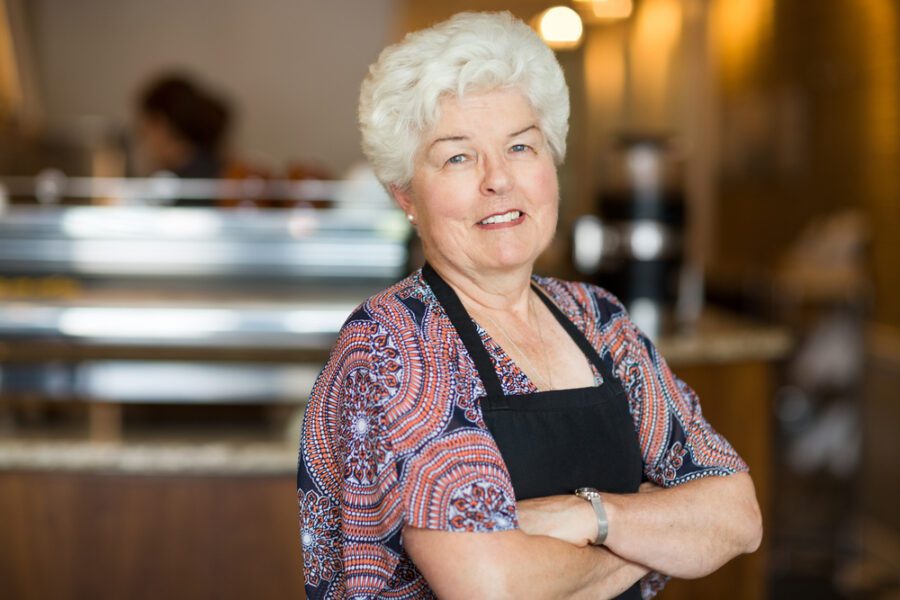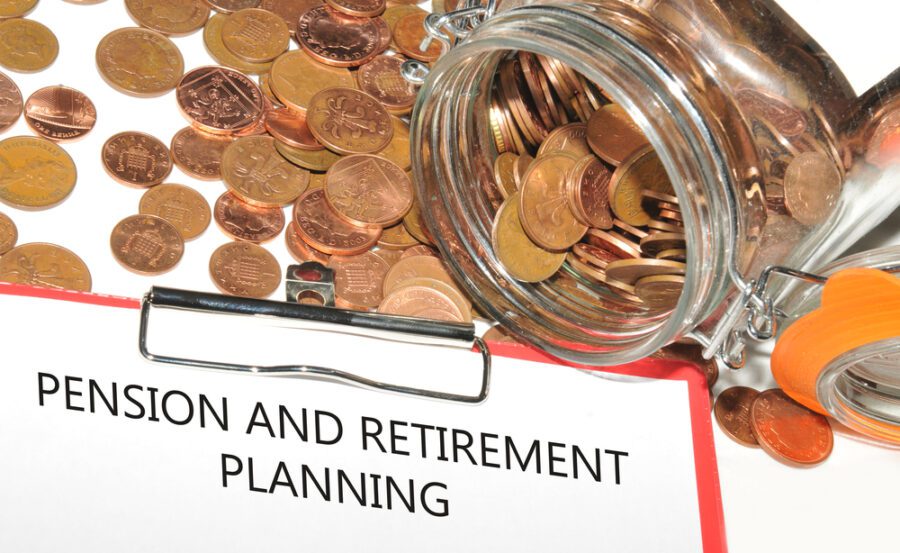
The Impact on Your Retirement: Protecting Your Nest Egg and Lifestyle
Having your child back home is more than just a change in household logistics; it directly impacts the core components of your retirement. Your finances, your home, your time, and your energy are all finite resources. Protecting them is not selfish—it is the responsible thing to do. You have a right to the secure and fulfilling retirement you planned for, and this new arrangement needs to be managed in a way that doesn’t jeopardize it.
Revisiting Your Retirement Budget
The first and most immediate impact is on your budget. An additional adult in the home means higher bills for electricity, water, gas, and groceries. Your car insurance rates may increase if they are added as a driver. These may seem like small things, but they can add up to hundreds of dollars a month, a significant sum for anyone on a fixed income. It’s crucial to sit down, either by yourself or with a financial advisor, and calculate these new costs. Update your monthly budget to reflect the new reality.
The greatest danger is beginning to pull money from your retirement principal to cover these extra costs. Withdrawing from your IRA or 401(k) is a double loss: you lose the money you spend, and you lose all the future compound growth that money would have generated. This can have a devastating long-term effect on your financial security. This is why having your child contribute financially, even a small amount, is so important. It helps offset costs and protects your nest egg. If you need help with budgeting, consider a free consultation with a housing counselor approved by the U.S. Department of Housing and Urban Development (HUD). They offer valuable guidance on household financial management.
Your Home, Your Rules: Aging-in-Place and Space Considerations
Your home in retirement may have been intentionally downsized or modified for aging-in-place. The guest room might now be your craft room, home gym, or office. The arrival of an adult child, and potentially their belongings, can create significant space challenges. This is a practical trade-off you must consider. Are you willing to give up your hobby space? Is there adequate storage for their things? This is a key aspect of **multi-generational living**.
If you live in a 55+ active adult community, this decision becomes even more complex. These communities have specific rules, known as Covenants, Conditions, and Restrictions (CC&Rs), that govern who can live there. Many have strict age requirements for all permanent residents and may limit the duration a non-qualifying guest (like a younger adult child) can stay. Before agreeing to anything, you must read your HOA documents carefully. Violating these rules could result in fines or other penalties. This is a crucial step that protects you and respects the community you chose to live in.
Your Time and Energy: The Non-Financial Costs
The costs of this arrangement are not just financial. There is a significant emotional and energetic cost as well. You’ve grown accustomed to a certain level of quiet, privacy, and routine. Having another person in the house, even one you love dearly, disrupts that. There’s more cooking, more cleaning, more noise, and more “mental load”—the invisible work of managing a household and worrying about your child’s well-being.
This is where structure and boundaries become your best friends. Here is a brief scenario. Meet Carol and Tom, both 68 and retired. Their son, Mark, 30, moved back home after a layoff. At first, Carol found herself falling back into old habits, cooking all his meals and doing his laundry. She quickly felt exhausted and resentful. After a calm talk, they implemented the plan they’d discussed. Mark became responsible for all yard work, taking out the trash, and cooking dinner for everyone on Tuesdays and Thursdays. This freed up time and energy for Carol to continue her weekly volunteer shift at the library and for Tom to keep his standing golf game with his friends. The structure transformed the situation from a burden into a manageable partnership, helping everyone feel respected and maintaining the important routines that give retirement purpose.









